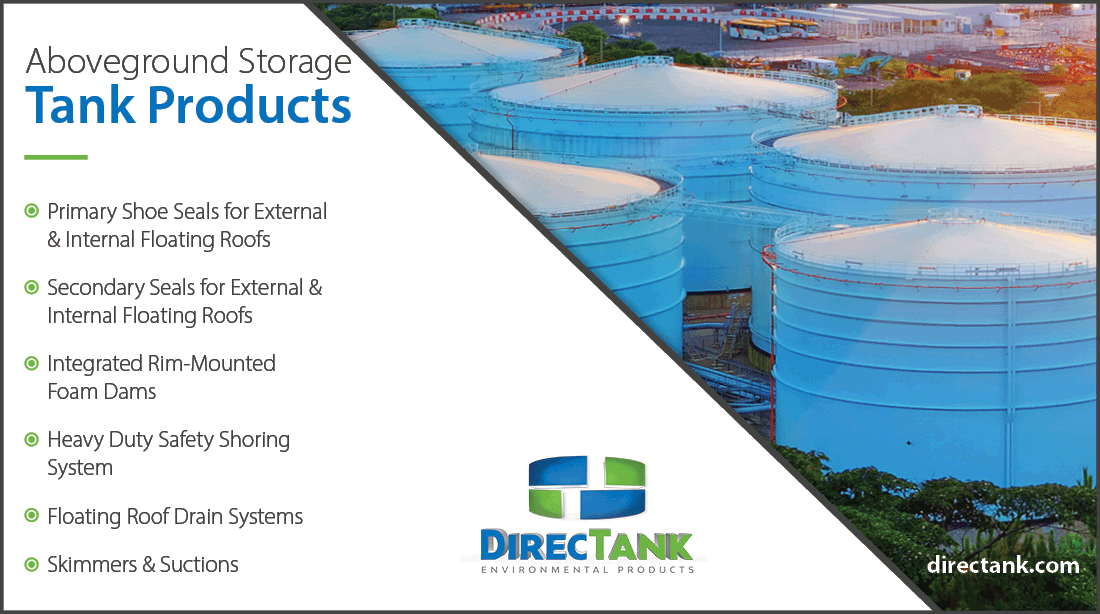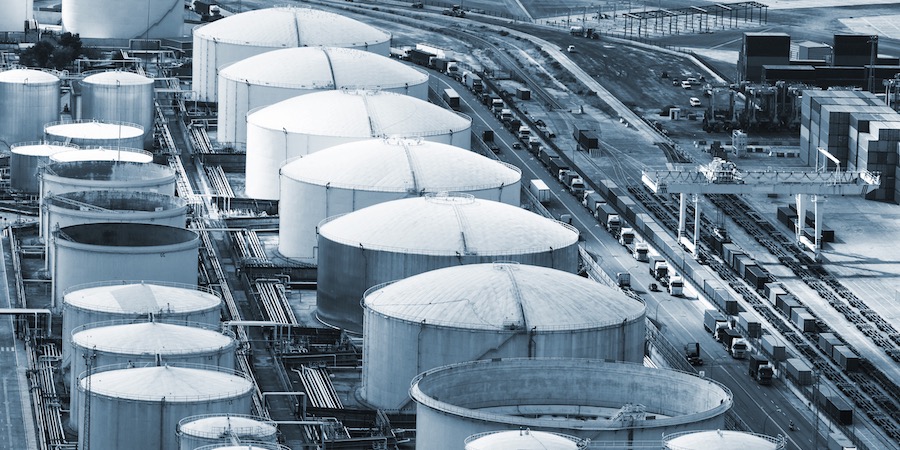The Hydrogen Energy Supply Chain (HESC) project between Australia and Japan “remains committed to delivering hydrogen from coal as the primary input, amid a slew of ongoing projects in Australia exploring the fuel’s production from alternative feedstock”, executives at the Australian Hydrogen Conference said.
HESC aims to safely and efficiently produce and transport hydrogen from Victoria’s Latrobe Valley to Japan, where hydrogen will be transported from a liquefaction and loading terminal at the Port of Hastings, Victoria to Kobe terminal in Japan.
Jeremy Stone, non-executive director at J-Power, said: “The rationale of producing hydrogen from Latrobe Valley coal in Australia stems from three factors — scale, urgency and sustainability.
“Victoria’s Latrobe Valley contains one of the world’s largest deposits of coal and through gasification with CCS to produce clean hydrogen, has the potential to meet Japan’s energy demand and provide new jobs for workers as the energy market transitions.”
The commercial phase of the HESC project will require a Carbon Capture and Storage (CCS) solution, he added.
The Latrobe Valley pilot gasification plant, Loy Yang, is scheduled to commence operations in November. Logistics delays have been minimised and commission works are underway, despite the coronavirus pandemic.
The Hastings liquefaction storage and loading terminal’s construction was completed in June 2020. It has started commissioning and operations will start later this year.
The Kobe hydrogen unloading terminal in Japan completed construction in May this year amid ongoing commissioning work, and shipping operations will start in early 2021.
For more information visit hydrogenenergysupplychain.com











